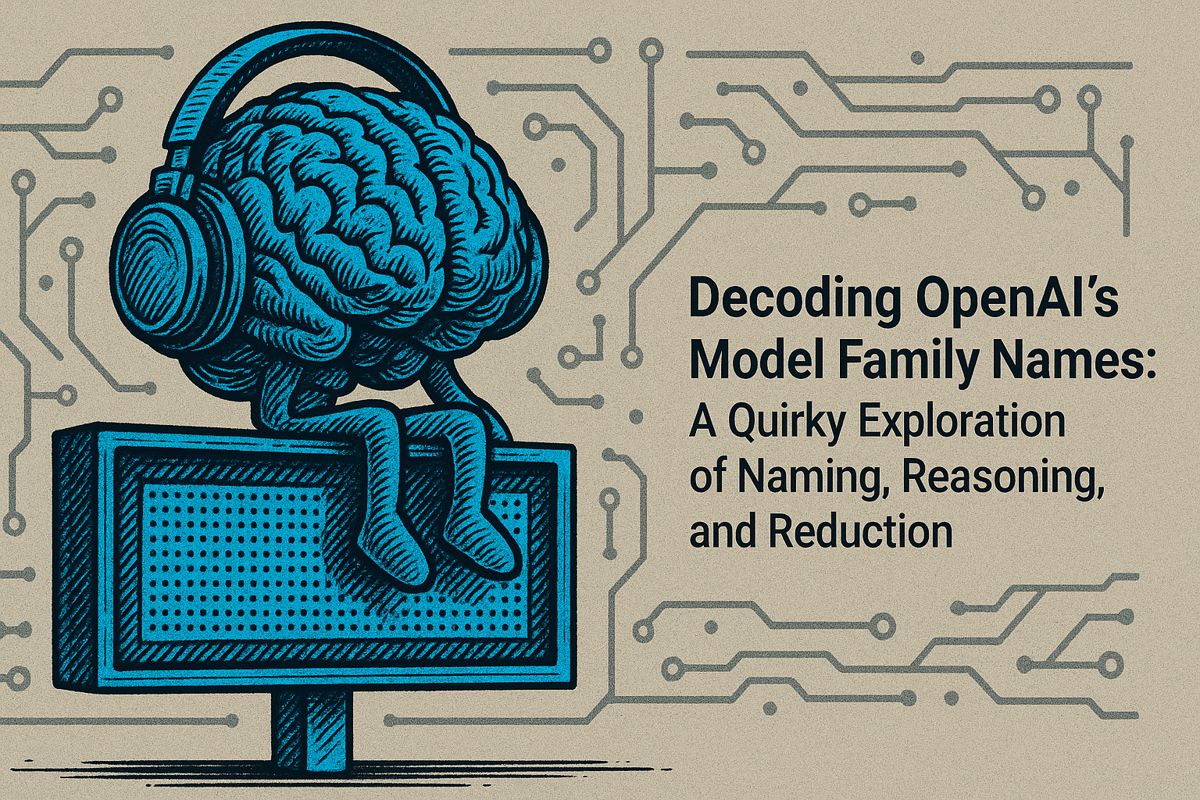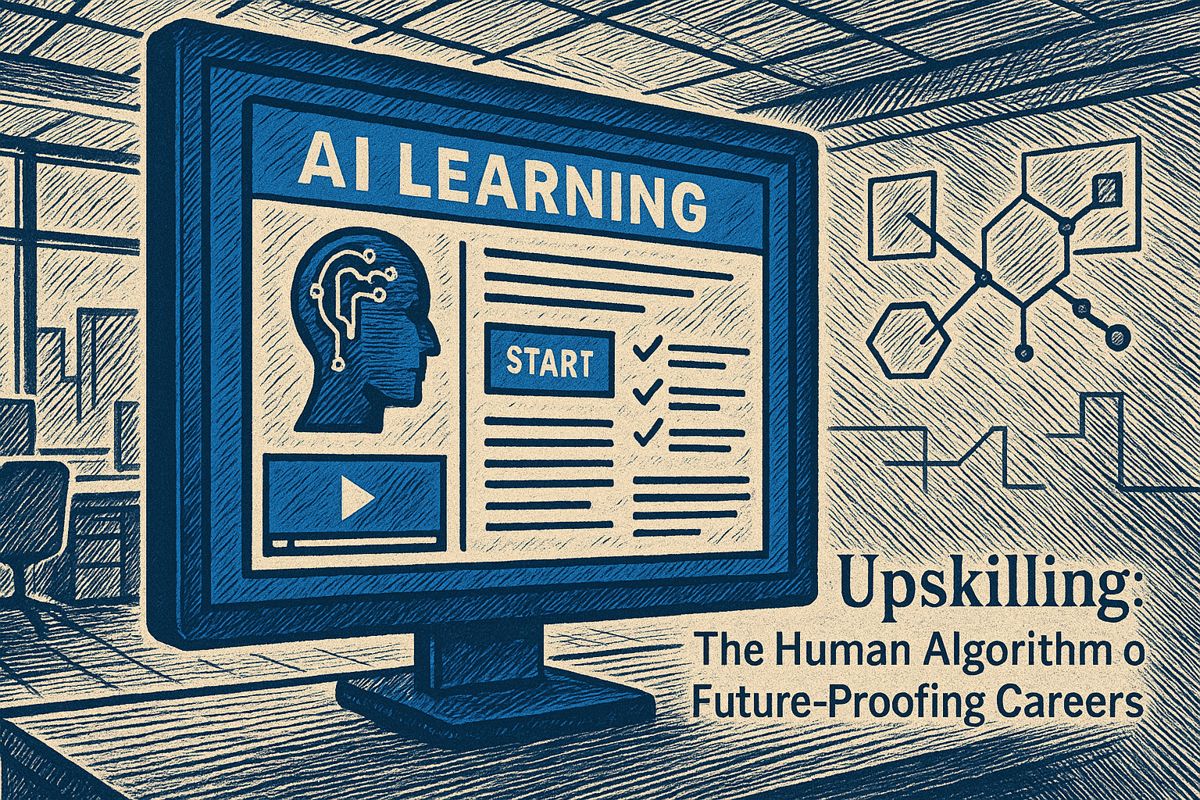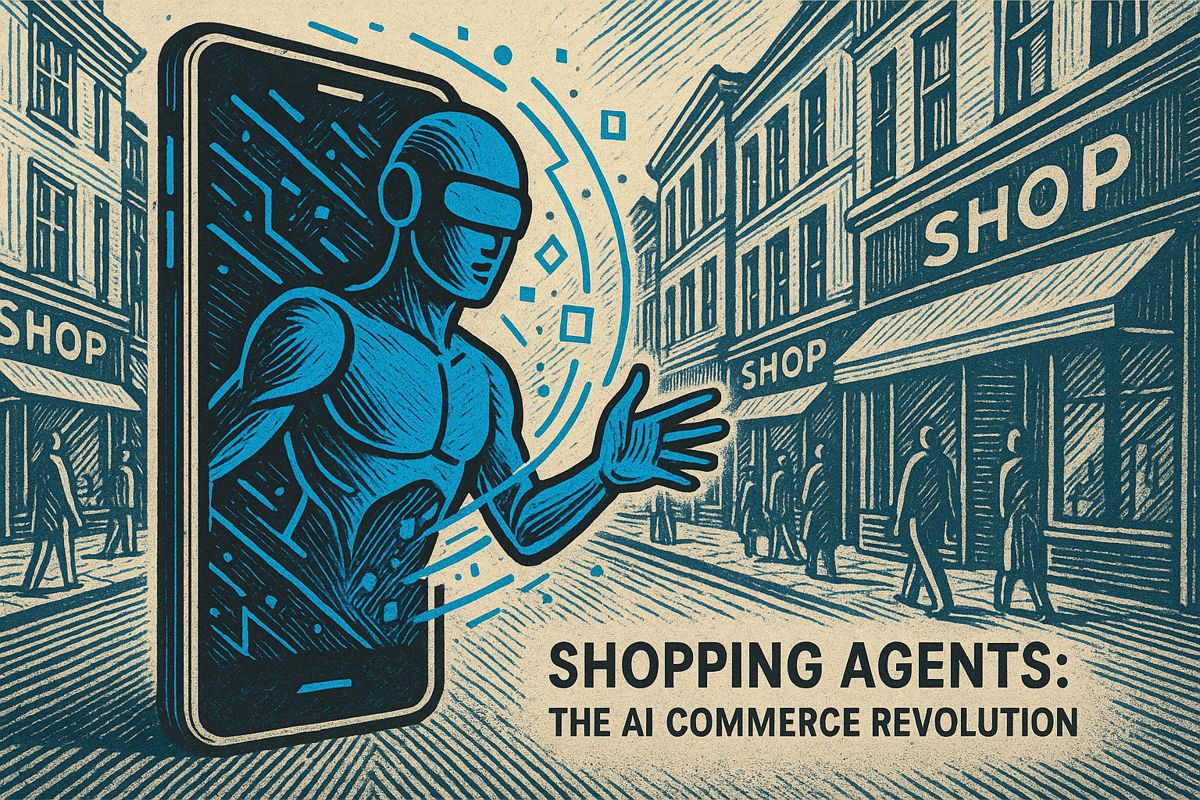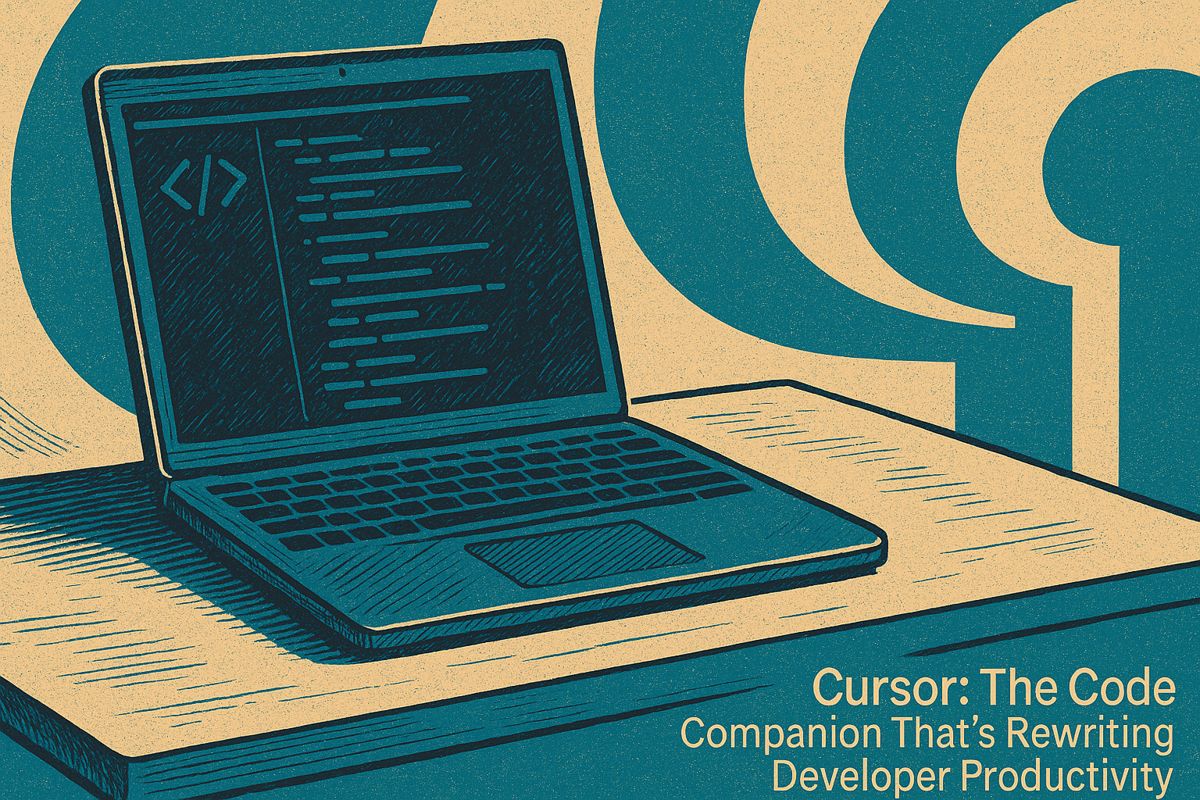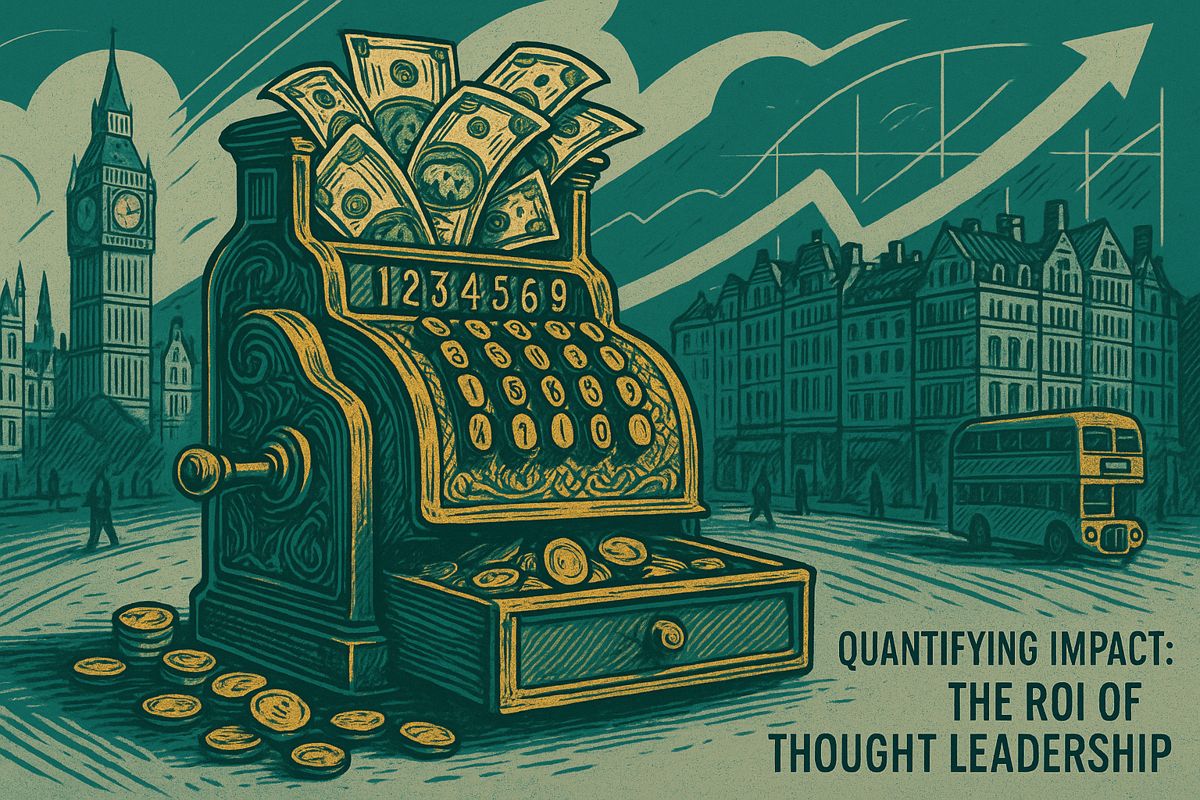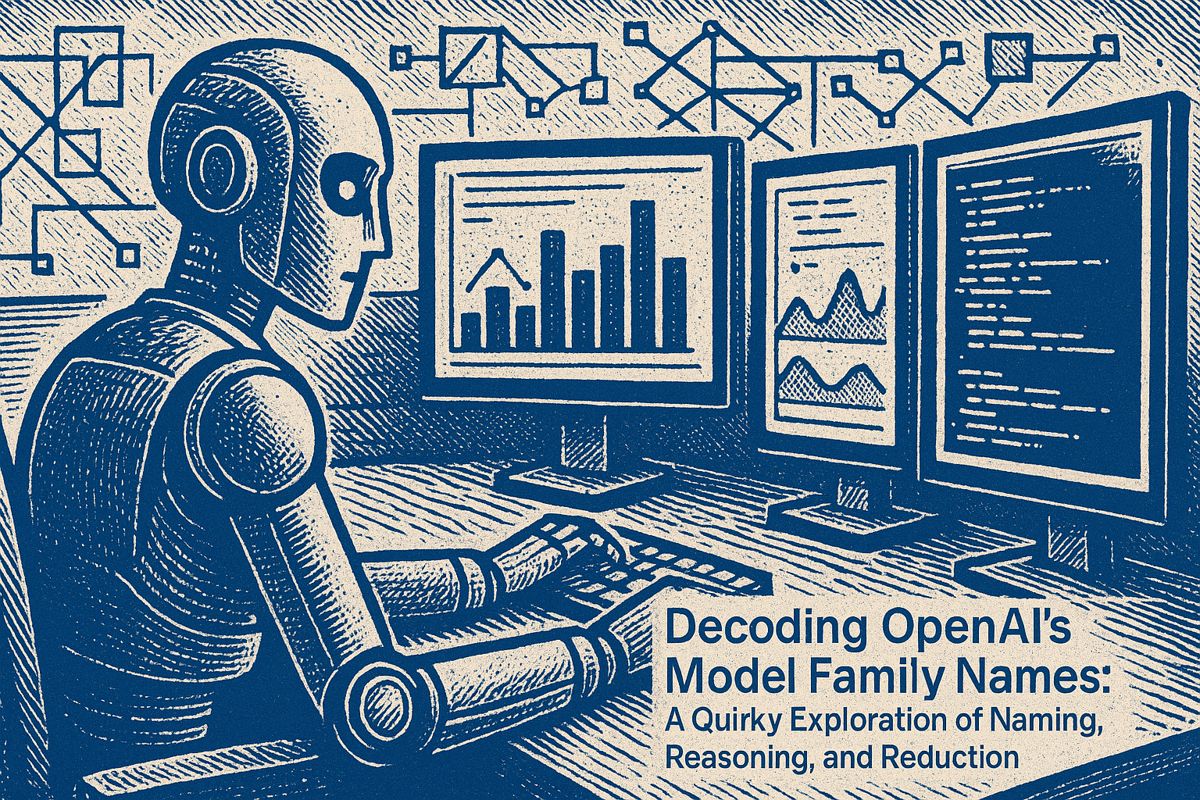Here’s the text with the most important phrase emphasized in markdown bold:
In the world of marketing, AI like Neurons is revolutionizing creative strategy by using neuroscience and machine learning to analyze ad campaigns. By pre-testing creative materials, brands can now make data-driven decisions that predict audience engagement and potentially increase click-through rates by up to 73%. Companies like Google, Facebook, and Coca-Cola are already leveraging this technology to transform their marketing approach, moving from guesswork to a more scientific and precise method of understanding audience reactions. This new approach doesn’t replace creativity but instead provides creators with powerful insights and tools to refine their ideas before launching. The result is a more confident, efficient, and effective marketing strategy that combines human creativity with artificial intelligence’s analytical power.
How Does AI Like Neurons Transform Marketing Strategy?
Neurons AI leverages neuroscience and machine learning to analyze ad creative, providing data-driven insights that help marketers predict audience engagement, optimize campaigns, and increase click-through rates by up to 73%. By pre-testing creative materials, brands can now make confident, scientifically-backed marketing decisions.
Remembering the Wild West of Ad Campaigns
Sometimes, late at night, I find myself reminiscing about marketing’s not-so-distant past. It wasn’t that long ago, really, when launching an ad campaign felt like trying to catch lightning in a bottle: we’d toss ideas on the wall, hope something stuck, and then cross our fingers as the numbers rolled in. I still remember one hellish Thursday, crammed into a conference room with half the design team and the clock ticking – the whiteboard was a jungle of half-formed headlines, and nobody could agree on which “big” idea would resonate. If you’ve been there, you know the tension: your gut says one thing, but analytics might say another, and you’re left guessing. Looking back, I’m almost embarrassed at how often we called those shots in the dark “strategy.”
But then, as I scrolled through a recent article about Neurons AI (yes, I’m guilty of doomscrolling industry news), something clicked. Machines can now, apparently, read the room for us – or at least, see through the eyes of our audience. No need for rose-colored nostalgia here. That’s a revolution I can actually get behind.
It’s a strange feeling – a little nostalgic, a little giddy, and maybe, if I’m honest, a touch resentful of all the budget we wasted before tools like these. Is it just me, or does anyone else feel a pang of “why didn’t we have this five years ago?”
Peering Into the Mind: The Science Behind Neurons AI
Neurons AI isn’t another black box that spits out inscrutable data. It’s a heady blend of neuroscience, machine learning, and behavioral psychology, almost like having an MRI for your next ad before it ever hits the market. Here’s how it works: marketers upload ad creative – banners, videos, taglines, you name it – and the platform analyzes them, leveraging billions of data points from eye-tracking and brain-scan studies. What you get back isn’t just a bland score. You see heatmaps, glowing like constellations, showing where your audience’s gaze will linger, what gets ignored, and even how hard someone’s brain has to work to decipher your message. (That cognitive demand metric remains my personal obsession – it’s like an X-ray for clarity.)
Working with Neurons AI, companies like Google, Facebook, and Coca-Cola have been able to pre-test their campaigns, sidestepping the old trap of “launch now, fix later.” That’s not hyperbole – documented user results include up to a 73% leap in click-through rates and a 20% boost in brand awareness. The platform even provides granular, industry-specific recommendations: adjust a headline, swap an image, tweak your call to action. And every suggestion is rooted in peer-reviewed neuroscience, thanks to ongoing collaborations with academic partners like MIT and the University of Copenhagen.
The first time I saw an attention heatmap light up like a neon spiderweb, I felt a genuine thrill – an almost synesthetic sense of possibility. Could this finally be the end of guesswork?
From Guesswork to Confidence: Real-World Results
Let’s get concrete. CO-RO, a retail giant, used Neurons AI and saw brand awareness leap by a fifth – that’s not marketing puffery, that’s documented in their internal case study. NEOHUB, a fintech upstart, reported a dizzying 65% bump in app click-through and a 55% surge in conversions after following the platform’s recommendations. Imagine the relief at Tre Kronor Media when they slashed customer acquisition costs and accelerated their time-to-launch – I’d wager there was more than one celebratory fika in that Stockholm office.
If you’re still wondering whether this is all hype, ask yourself: would Google, Coca-Cola, and Facebook bet their billions on a glorified algorithm? The digital advertising world is a crucible – only tools with real edge survive. According to the State of Advertising 2025 report, neuroscience-driven AI isn’t just the newest bell and whistle; it’s quickly becoming table stakes for any brand looking to outpace the pack.
And yet, the thing that sticks with me – the real poetry, if you’ll forgive the word – is how Neurons AI turns the creative process itself inside out. It’s as if the old, chaotic magic of advertising has been distilled, measured, and bottled. What a peculiar, exhilarating thought: creativity, but with a control group.
Redefining Creativity: A Brave New (Measured) World
For decades, advertising’s creative spark was mythic – a leap in the dark, a flash of inspiration. Does a tool like Neurons AI threaten that mystique, or liberate it? Here’s my take: it doesn’t kill the muse. It’s more like giving the muse a map and a flashlight. The boldest ideas can now be tested before they risk crashing and burning in the real world, and the data tells you which ones soar.
In the end, that’s what makes this shift so electrifying – and, yes, a little humbling. I used to think my instincts were infallible, but I’ve been proven wrong enough times to start listening to the machines. Still, I can’t help but feel a twitch of nerves every time I upload a new campaign for pre-testing. Will my “wild” idea pass the scrutiny of AI-powered attention maps? Sometimes it does. Sometimes it lands with a thud. I learn, I adapt, and I keep pushing.
As the smell of dry-erase markers fades (thankfully), I

